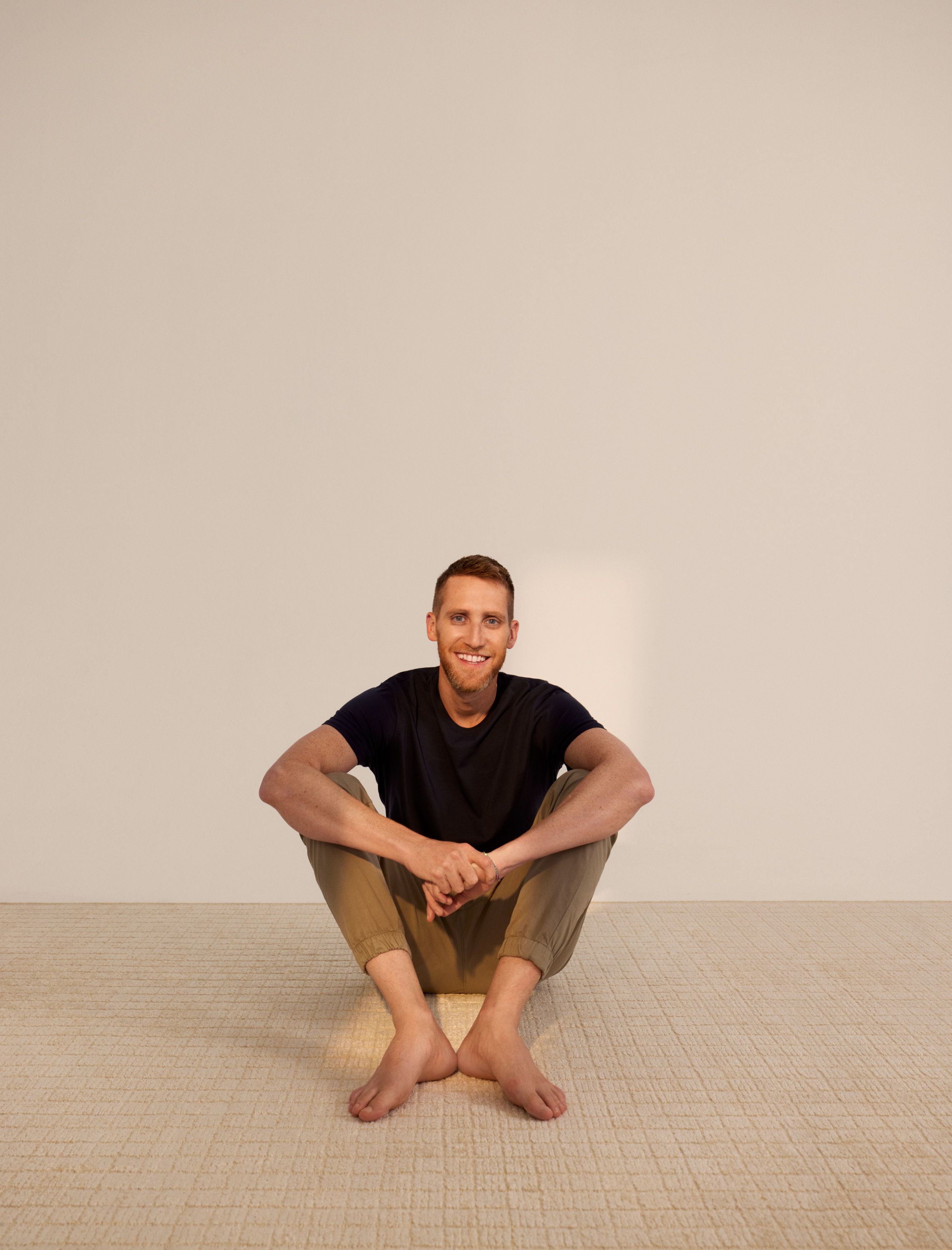Slack’s Cal Henderson: The Engineering Leader
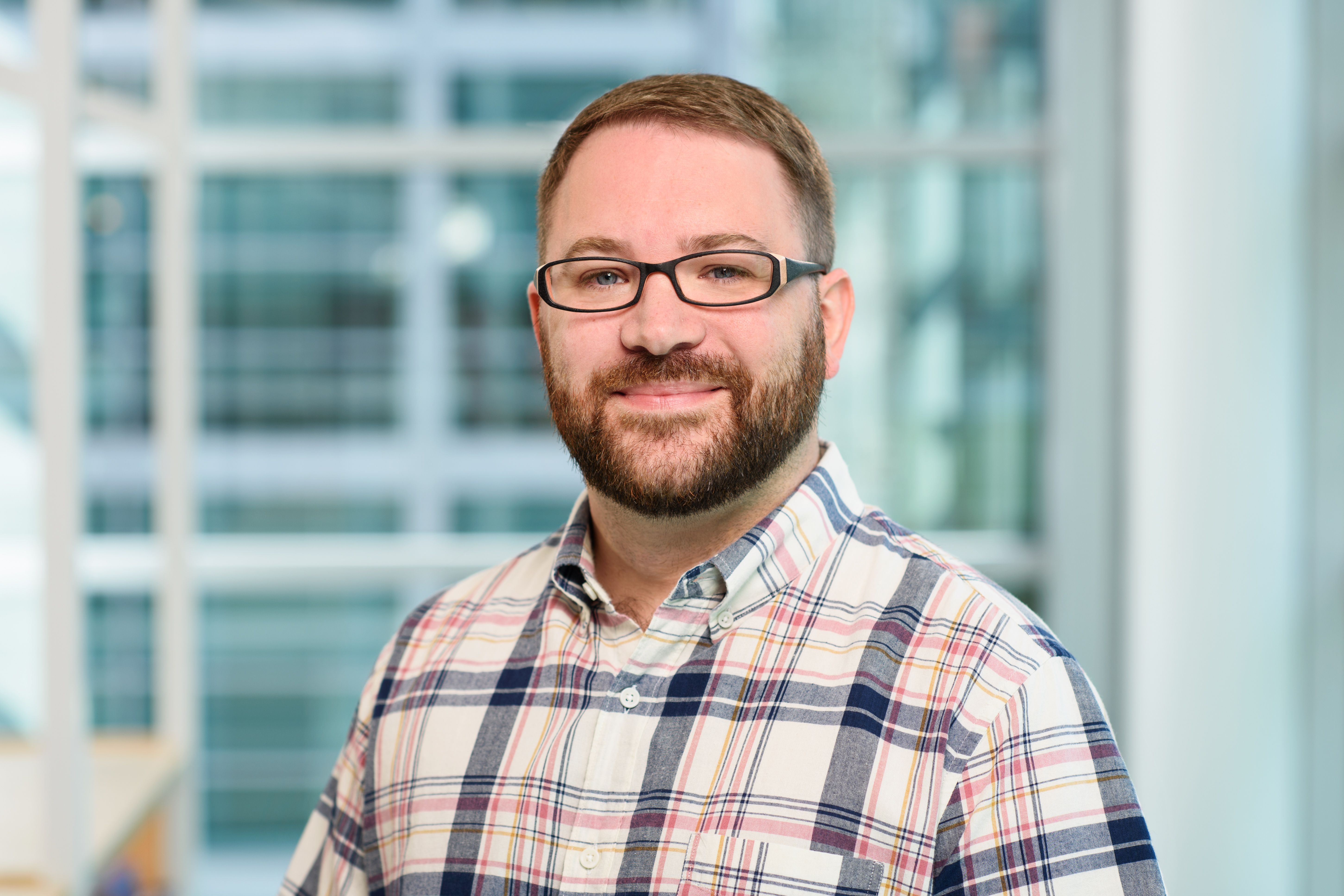
Cal Henderson, the CTO and co-founder of Slack, claims that a high-school career-counseling questionnaire told him he should make window frames. Whether or not that job was actually listed in assessment tools in England, where he grew up, it was never clear Henderson would become an entrepreneur and manager. He was solidly a software engineer.
Actually, after watching Top Gun, his first dream was to be a fighter pilot, but he was colorblind. Then at 5 or 6 his cousin got a home computer and showed him the programming language Basic. “I just found it incredibly compelling to make stuff,” Henderson, now 40, says. He soon got his own computer and started playing with code he found in books and magazines. He thinks the first program he wrote was probably a text adventure game. In the mid-nineties, the web came along. “It was a distribution mechanism, and tens of people—or maybe even like a hundred people—could see something that I made,” Henderson says. “And that just seemed incredible.” He started sharing his software. “I thought if I was super successful, when I grew up one day, I’d be able to work for Microsoft,” he says. “I still haven’t achieved that.”
"...it was never clear Henderson would become an entrepreneur and manager. He was solidly a software engineer."
In 2002, Henderson graduated from Birmingham City University with a degree in software engineering, and began playing a massively multiplayer online role-playing game (MMORPG) called Game Neverending. Somehow, he snuck onto the company’s internal email list and began making recommendations. By 2003 he’d pestered the CEO, Stewart Butterfield, into giving him a job. But the game struggled, and they built a side project to keep the company afloat until Game Neverending found its legs. That project became Flickr, which Yahoo! purchased, in 2005, for around $25 million.
Butterfield and Henderson still had the game-making bug, so they left Yahoo! in 2009 to found Tiny Speck and build an MMORPG called Glitch. After three years, Glitch also failed, but the team liked working together, and they built a useful program for internal communication, so they pivoted. They called their messaging software Slack and renamed the company after it. Originally, Slack was built for teams like theirs, but they iterated quickly based on feedback from different types of companies.
Around the time of its launch, they wrote down all of their dream customers: Space X, Nike, Amazon. “It’d be amazing if they used Slack,” Henderson recalls thinking. Fast-forward. “They’re all Slack customers.” Slack did not predict other uses, like JPL, for Mars missions. A dairy farm. Corner stores. According to Ali Rayl, Slack’s VP for customer experience, “This has exceeded our wildest ambitions.”
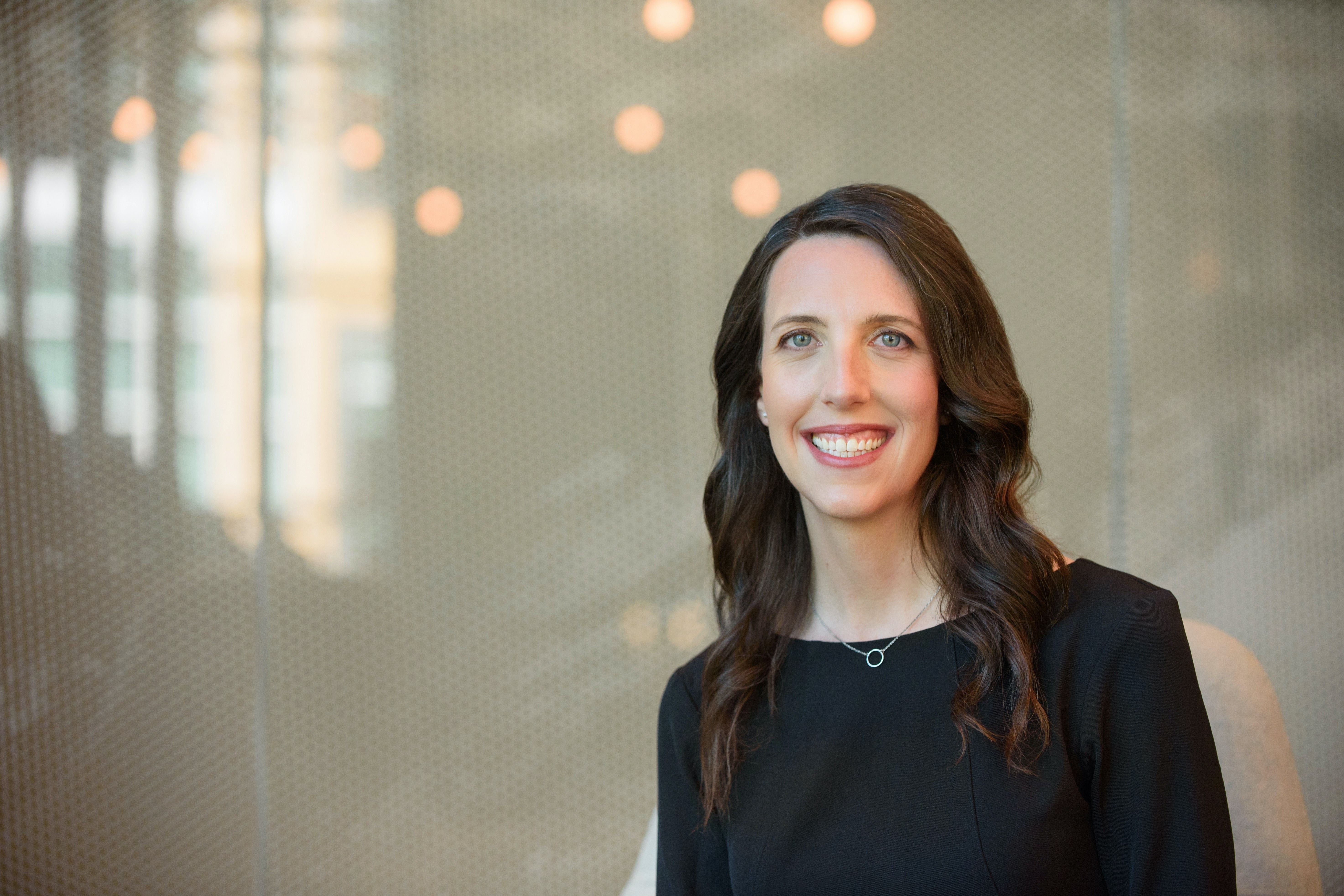
Ali Rayl, Slack’s VP for customer experience
"Hearing from Cal directly on how he built this product and how far it’s come, and how they’ve scaled it, I was so intrigued. The technical leader in me was like, ‘I have to go work on this.'"
— Rukmini Reddy, VP of Engineering, Platform at Slack
Recently acquired by Salesforce, the two companies are now forging ahead together on their quest to define the future of enterprise software. Slack would not be where it is today without Henderson’s engineering chops. He built Flickr’s infrastructure on a laptop while commuting on a train. In 2006, he published Building Scalable Web Sites, with O’Reilly Media. Rukmini Reddy, who joined Slack last year as their VP for platform engineering, recalls her first conversation with Henderson before signing on. “Hearing from Cal directly on how he built this product and how far it’s come, and how they’ve scaled it, I was so intrigued,” she says. “The technical leader in me was like, ‘I have to go work on this.’”
Henderson, now removed from daily coding duties, still thinks like an engineer, even in leadership. He likes routines, but also robustness, which requires offering flexibility in work and in overall life balance. He searches for bugs in management practices and iterates based on feedback. He appreciates efficiency. And he’s learned how best to scale his efforts through collaboration and delegation. His ultimate goal is to build something great, in whatever role he’s in.“The hardest move for me was from being a person who wrote code and an individual contributor to somebody who doesn’t,” Henderson says. “That transition was all about, ‘We’re big enough at this point that I can be more effective as a force multiplier.’”
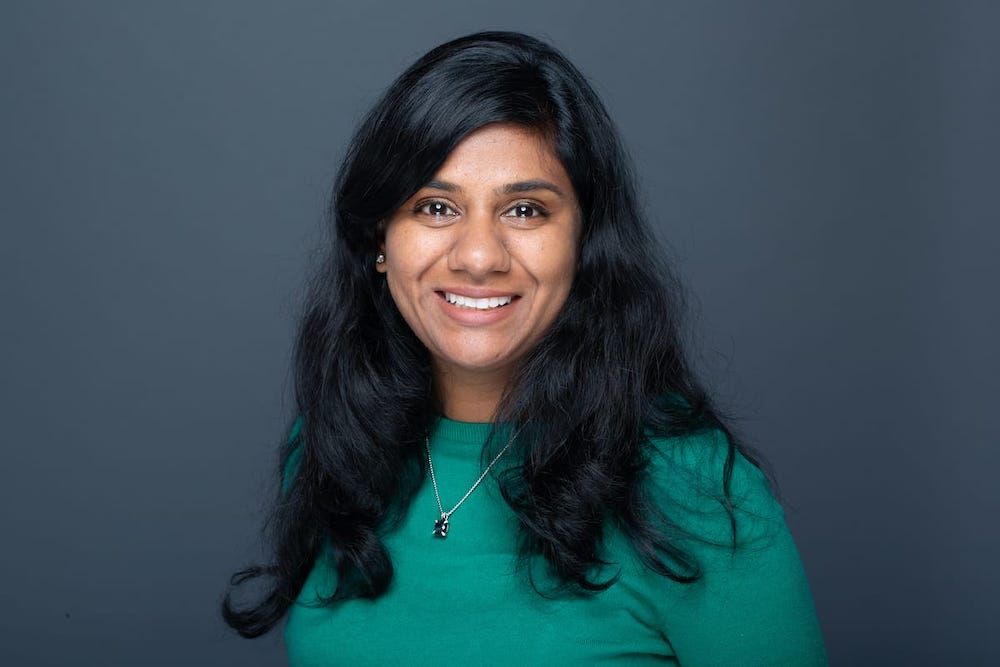
Rukmini Reddy, Slack's VP for platform engineering
“We learned a huge amount at Yahoo!, both positive and negative,” Henderson says. “About operating within a larger company and what it takes to get things done at scale, but also about what kind of organization we did or didn’t want to make or work at.” The founders applied those lessons to Slack as it grew. “Even before we were acquired by Salesforce, we grew into a sizable organization,” he says. “And, now that we’ve joined a team made up of tens of thousands of employees, it’s still a great place to work. I think. So, it’s pretty cool.”
"The hardest move for me was from being a person who wrote code and an individual contributor to somebody who doesn’t. That transition was all about, ‘We’re big enough at this point that I can be more effective as a force multiplier.'"
— Cal Henderson, co-founder & CTO, Slack
Henderson has implemented a number of practices to make life easier and more productive for everyone. One is Maker Time: Three mornings a week, engineers have three-hour blocks with no meetings so they can focus on code. He’s instituted social rituals, like a coffee break at three, and a “gather hour” after work on Thursdays. He used to go to lunch every day at the same time with coworkers, with certain cuisines on certain days to avoid wasting time on small decisions.
When Reddy joined Slack, Henderson met with her every day. She now does the same with new members of her team. “He’s very good with feedback,” she says. “You always know where you stand with Cal. He’s very clear about setting expectations for your role, what’s working well and what’s not. I’ve learned a lot just watching the way he delivers feedback.” To guide engineers in their roles, he creates Career Paths documents, with archetypes and analogies.
Henderson gave Reddy the resources for their Elevate Sponsorship program, which connects women and nonbinary employees and contractors with mentors. To scale the program, they created a circle of support rather than one-on-one sponsorship. For Women’s History Month, Henderson created a chat thread on women who inspire him.
Reddy and Rayl say he’s open to new ideas and seeks perspectives from others in the room. During the pandemic, he scheduled regular online AMAs (ask-me-anything discussions). He also started posting photos of what he was baking, not to show off yet another skill, but to remain visible and accessible.
"Cal is so focused and so clear, and so regimented—in a really good way—that it causes everyone else to up their game to be part of the team."
— Ali Rayl, VP, Product at Slack
Henderson created a peer recognition program among the engineers and a weekly peer-nominated engineering award. (Rayl also began a tradition of Caloween: on Halloween, employees show up dressed like Henderson.) Rayl joined Slack when they were still making a video game. One of the reasons she stayed post-pivot, she says, was that “Cal is so focused and so clear, and so regimented—in a really good way—that it causes everyone else to up their game to be part of the team.”
Henderson is also helpful and engaged outside of the company. According to Sarah Cannon, a partner at Index Ventures and former board observer at Slack, “He’s a trusted advisor when I look at productivity companies.” He’s also her neighbor, and during the pandemic they went on walks together to discuss remote work, how to measure the efficacy of engineers, and the tech ecosystem in Europe. (Cannon says the fact that she’s never seen him out of shorts, no matter the weather or occasion, her favorite thing about him. “I admire independent thinkers,” she says, “and I respect that eccentricity.”)
Rayl notes that as the company has grown, everyone has had to grow with it, but Henderson more than most. “He went from being the dude who wrote the book on scaling web services and the guy who wrote the Flickr API,” she says, “to a key leader of the organization.” She says he’s become adept at talking to not only engineers but also customers and press.
"When something is tough, [Cal] can step right into that mode of commanding a large group of people towards a single purpose. I’ve learned from him just what it looks like to communicate clearly, ask targeted questions, get information, share information and drive next steps as a leader in basically any situation."
— Ali Rayl, VP, Product at Slack
Not that leadership wasn’t in him to begin with. Rayl said that in Slack’s early days, every Tuesday and Thursday at 5:30—“again, another ritual”—he and a friend would stop working, order a large pizza with pepperoni and jalapenos, and do a raid in the MMORPG World of Warcraft. Cal would lead the raid, directing other players. “There is a clear through-line to how he communicates and drives large groups of people now,” Rayl says. “When something is tough, he can step right into that mode of commanding a large group of people towards a single purpose. I’ve learned from him just what it looks like to communicate clearly, ask targeted questions, get information, share information and drive next steps as a leader in basically any situation.”
Henderson also has a knack for lightening the mood with his signature dry slogans. If someone says that something horrible will never come to pass: “Not with that attitude.” And a catch-all catchphrase: “What a time to be alive.”
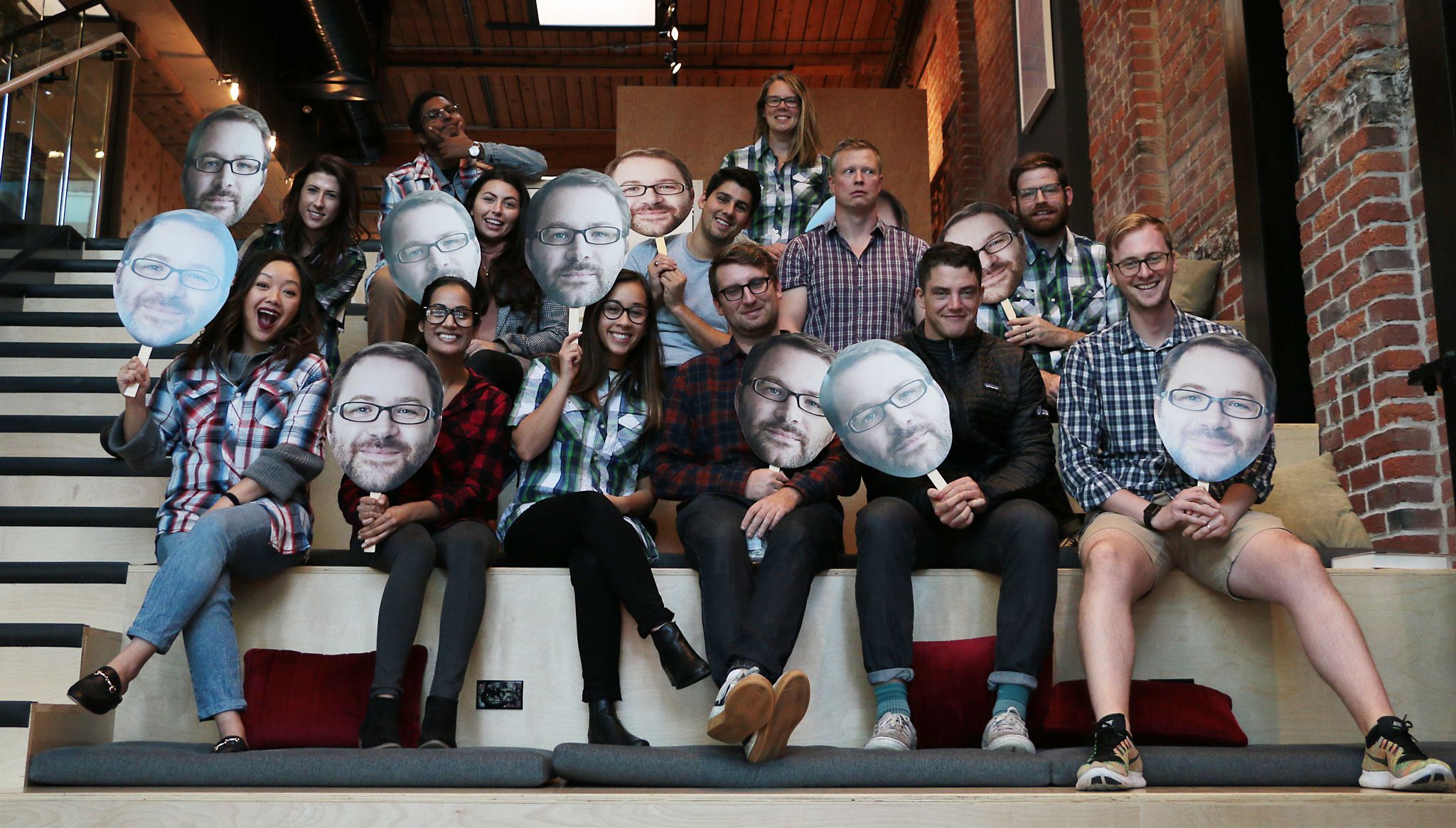
Photo from "Caloween" 2017, a Slack tradition where employees show up dressed like Cal Henderson on Halloween.
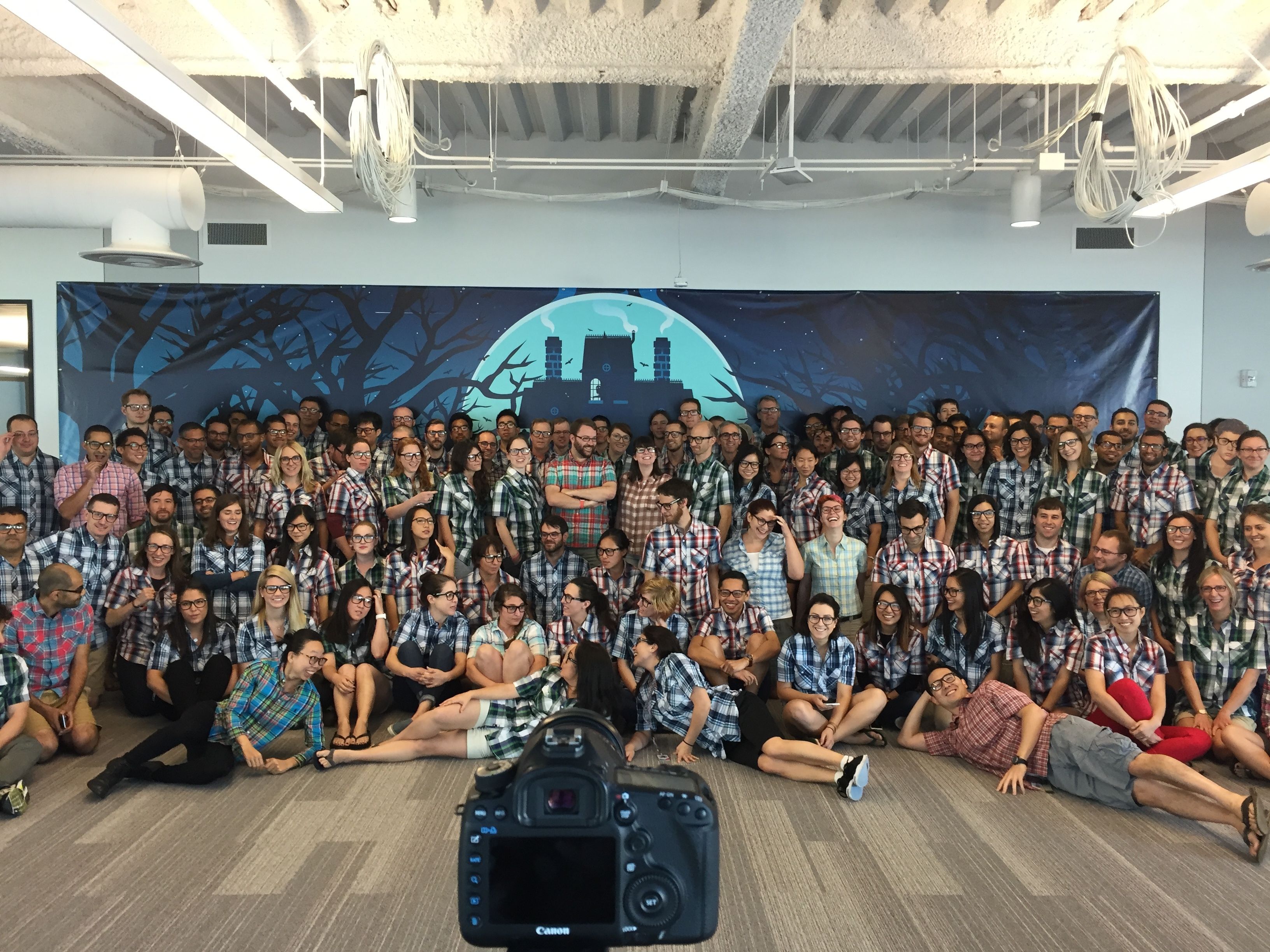
Caloween 2015
In non-pandemic times, Henderson walks to work every day, listening to sci-fi novels at double or triple speed, entertaining different visions of the future, both utopian and dystopian. (Another routine, or ritual: he walks the same way and orders the same drink at the same time.) One might wonder whether a natural game-maker and sci-fi fan feels fulfilled developing enterprise software. Well, Glitch and Slack are not so distant. “I love making games,” Henderson says, “in a wider sense of play, which blurs into social spaces and online interaction.”
Many people find Slack fun to use. Henderson denies triple-threat wizardry in engineering, management and user interfaces. He claims Flickr and Slack were lucky in their timing. Flickr came along when people had digital cameras and no easy way to share the images. Slack rode the wave of smartphones and iMessage and communication software aimed at consumers rather than corporate employees. It had to be playful and friendly for it to take off.
Has Slack changed business culture, softened its edges? “It sounds kind of grandiose,” Henderson says, “but I think so to some extent,” at least for small companies that have grown up on Slack. “We were pushing for a less serious workplace, but also one that reflected how people communicated offline,” Henderson says. Game-makers are world-builders. By enabling users’ productivity, Henderson is essentially building a world for others to build things.
"He is one of the best engineers I have ever worked with. He sees the landscape, and he often is the first to see the correct architectural solution to a really hard problem. Slack continues to expand. People send more Slack messages every day than they send tweets on Twitter. How does he sketch out the architecture in his head?"
— Ali Rayl, VP, Product at Slack
Specifically, he’s managing a team that builds the world. “I’m more or less just a professional Zoom-meeting-haver and Slack-message-sender,” he jokes. But he’s not completely removed from the technical problem-solving. “He is one of the best engineers I have ever worked with,” Rayl says. “He sees the landscape, and he often is the first to see the correct architectural solution to a really hard problem. Slack continues to expand. People send more Slack messages every day than they send tweets on Twitter. How does he sketch out the architecture in his head?” For him, the engineering and management are synergistic, as he figures out what’s technically possible and what’s humanly possible. “How does he make it tractable for a whole team of people?” Rayl says. “How does he drive that team to implement it so that we can have more messages per day than go through Twitter?”
Henderson also builds things with his own two hands, besides baking. He has huge Lego sets he assembles with (or without) his two children, ages 3 and 7. He plays Minecraft with his 7-year-old son. He codes in his free time. “He has dozens of websites that nobody ever knows exists, that he’ll just kind of spin up,” in order to sketch out ideas, Rayl says. Henderson shares one idea: “I’ve been working on a social network for people who read a lot of Wikipedia articles.”
"[Writing code professionally] was tough to let go of at first, because not only do I really enjoy writing software, but I’ve wrapped up a lot of my identity in it. That was a transition I would not have ultimately predicted."
— Cal Henderson, co-founder & CTO, Slack
Henderson misses the days of writing code professionally, but it’s clear he can accomplish more by stepping back. “That was tough to let go of at first, because not only do I really enjoy writing software, but I’ve wrapped up a lot of my identity in it,” he says. “That was a transition I would not have ultimately predicted.”
Has Henderson grown as a leader because he’s had to, or because he enjoys it in itself? “I don’t think that you can really disentangle those two,” Rayl says. “You learn to lead because you love what the leadership can bring to the thing that you have built.”
Published — Sept. 9, 2021
